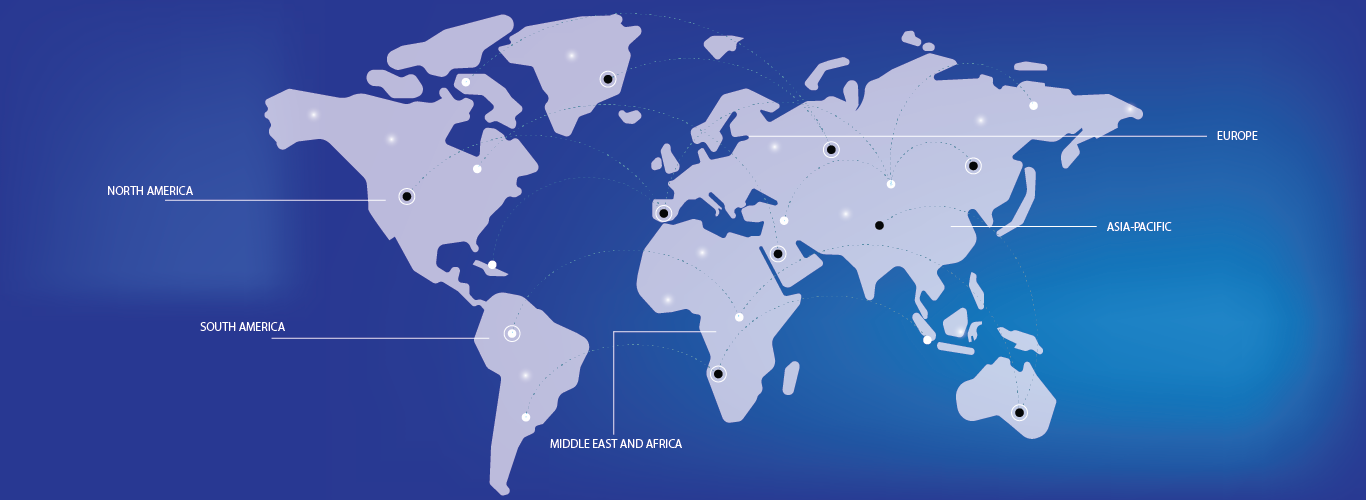- Polyisobutylene (PIB) is a versatile polymer used in a wide range of industrial applications, including adhesives, sealants, lubricants, fuel additives, and medical devices. Its impermeability to gases and resistance to chemicals make it a valuable material in automotive, pharmaceutical, and construction sectors
- The market demand for polyisobutylene is largely driven by the growth of the automotive and transportation sectors, where PIB is widely used in fuel and lubricant additives to enhance engine performance and efficiency. Additionally, its use in medical packaging and drug delivery systems has expanded due to its biocompatibility and chemical stability
- The Asia-Pacific region leads the global polyisobutylene market, supported by the rapid industrialization in countries like China and India, coupled with the expanding automotive manufacturing base and increasing infrastructure projects. The region’s robust demand for adhesives and sealants in construction also plays a crucial role in market growth
- For instance, in recent years, Chinese automakers and lubricant producers have ramped up demand for high molecular weight PIB for advanced lubricant formulations. The expansion of production facilities by global players like BASF and Daelim further underscores Asia-Pacific’s central role in driving PIB market growth
- Globally, polyisobutylene is considered one of the most essential elastomers in fuel systems and automotive sealing solutions, ranking alongside styrene-butadiene rubber (SBR) and butyl rubber. It plays a critical role in enhancing durability, flexibility, and performance in various end-use industries




